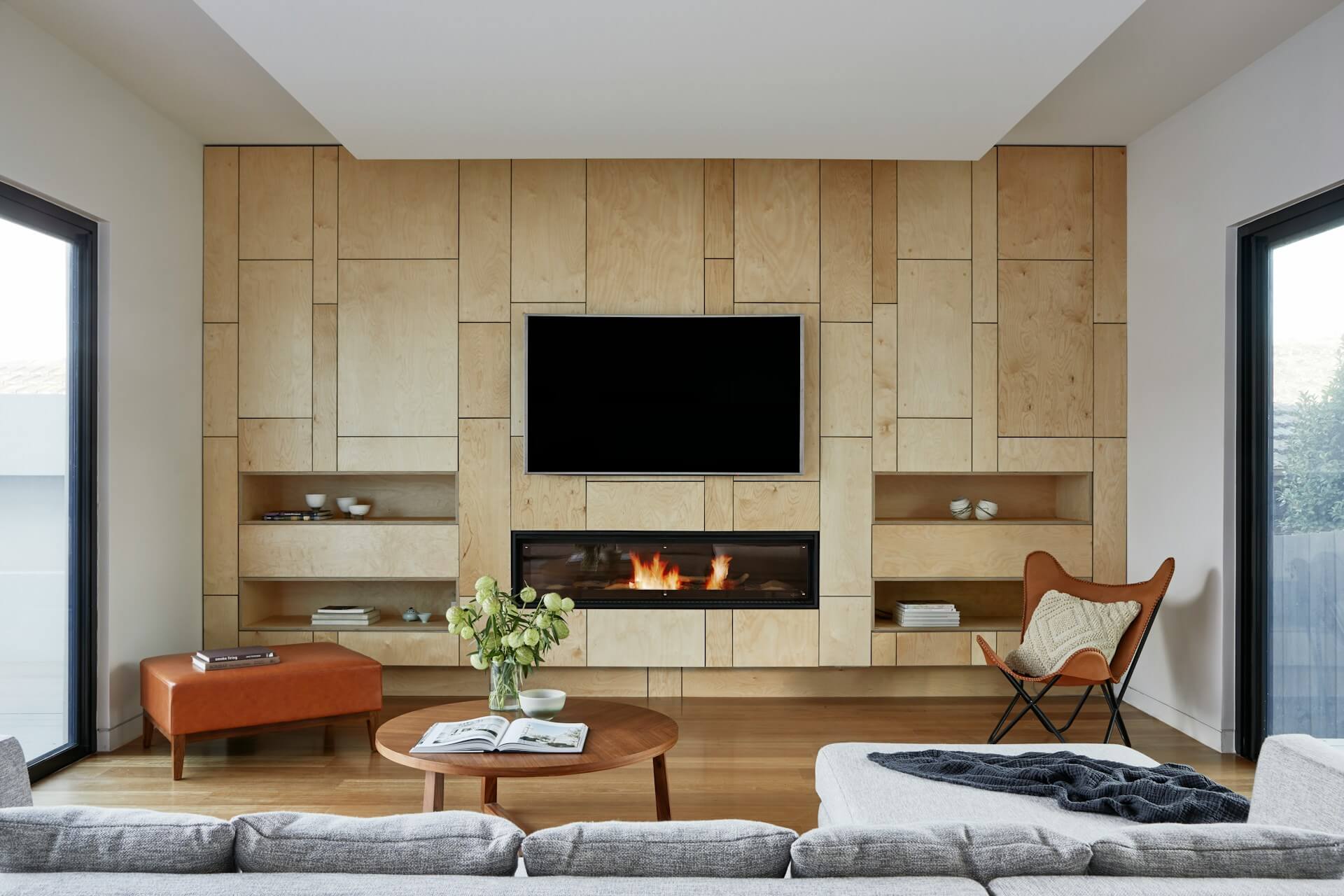The future is here, and it’s not just self-driving cars and space tourism it’s convenience right inside your walls.
Smart home technology is more accessible and user-friendly than ever, allowing you to control your home with just a word or a swipe.
Whether you’re looking to enhance home security, streamline your morning routine, or just impress your friends, transitioning your home into a smart, connected oasis can be remarkably simple and quick.
In this guide, we’ll explore how you can turn your standard dwelling into a smart home, enhancing comfort, security, and energy efficiency at the literal touch of a button.
The Rise of IoT in Home Technology
The rise of IoT in home technology has brought about a major shift in the way we interact with our living spaces.
The AI Integration of smart homes and the Internet of Things has allowed for unparalleled levels of automation and convenience.
With AI at its core, these technologies have given homeowners an unprecedented level of control over their environment.
Whether it’s adjusting the temperature, controlling the lighting, or even managing their energy efficiency, remote control has never been more effortless. But it’s not just convenience that’s driving the adoption of IoT in home tech.
The emphasis on energy efficiency has made these technologies not just a luxury, but a necessity for a sustainable future.
Seamlessly Integrating AI into Your Daily Life
In today’s fast-paced world, technology is an integral part of our daily lives, and AI is at the forefront of this revolution. Seamlessly integrating AI into your daily routine can take your day-to-day activities to the next level.
Smart homes and Internet of Things (IoT) technology have made it easier than ever to control your home from remote locations.
Integrating AI into this setup can result in energy efficiency gains and remote control capabilities that work seamlessly with your daily routine, helping you get the most out of your home and life.
Effortless Remote Control at Your Fingertips
Imagine being able to control every aspect of your home with just a swipe of your finger on your smartphone. With the AI Integration of Internet of Things technology and AI, smart homes are becoming increasingly popular.
One of the main advantages of a smart home is the ability to remotely control various systems such as lighting, temperature, and security.
The effortless remote control at your fingertips not only offers convenience but also enhances energy efficiency by allowing you to easily regulate the usage of electricity and heating. So why not step into the future and upgrade to a smart home today?
Sustainable Smart Homes: A Greener Future
The future of sustainability lies in smart homes. With the AI Integration of the Internet of Things (IoT) and Artificial Intelligence (AI), homeowners can have remote control over nearly every aspect of their living space.
This includes things like temperature, lighting, and even appliances. By optimizing energy efficiency, homeowners can not only save money on their bills but also greatly reduce their carbon footprint.
Imagine being able to control the heating and cooling of your home through your smartphone, or having your coffee maker automatically turn on as soon as you awake.
Sustainable smart homes represent a greener future that is both convenient and environmentally conscious.
The Path to a Smart Home
As technology progresses, so does the concept of having a smart home. The idea of controlling every aspect of your home, from temperature to lighting, through a mobile device or voice command is becoming a reality.
The Internet of Things (IoT) has a significant role in this technology as it involves connecting all devices, gadgets, and appliances to a network that can be controlled remotely.
Artificial Intelligence (AI) integration in Smart Homes is also a game-changer, as it allows the devices in your home to learn your daily routine and adjust the settings accordingly.
Moreover, Smart Homes provide energy efficiency solutions that help reduce electricity bills while conserving and preserving the environment.
The Magic in the Devices
With the advent of smart homes and the Internet of Things, our devices have become more than just tools they’re becoming magical.
Thanks to AI integration, we can now control all aspects of our home with just a tap of a button or a simple voice command.
From turning on the lights to adjusting the temperature, even feeding the cat these devices have made our lives easier and more efficient.
The Elegance of Integration
The AI Integration of technology in our homes has brought a new level of elegance to our daily lives.
Smart homes are equipped with cutting-edge Internet of Things (IoT) devices and artificial intelligence (AI) that allow homeowners to remotely control various systems, from lighting to thermostats.
This integration not only enhances convenience but also promotes energy efficiency by optimizing the use of resources.
With just a tap on your smartphone, you can dim the lights and turn on your air conditioning, all while reducing your energy consumption.
The Evolution of Smart Home Technology
Smart home technology has come a long way in recent years, evolving beyond mere novelty gadgets into essential home amenities.
With the Internet of Things (IoT) and artificial intelligence (AI) integration, our homes are becoming more interconnected than ever before.
Imagine controlling everything from your thermostat to your security system with a simple tap on your smartphone. Not only is this convenient, but it also leads to increased energy efficiency and cost savings in the long run.
With smart homes, the possibilities are endless, revolutionizing the way we live and interact with our living spaces. The smart home revolution is more than a trend; it’s a profound shift in the way we interact with our living spaces.
By leveraging IoT, AI, and remote control capabilities, you can create a home that’s not just smart, but intuitive and connected to your every need.



Leave a Comment